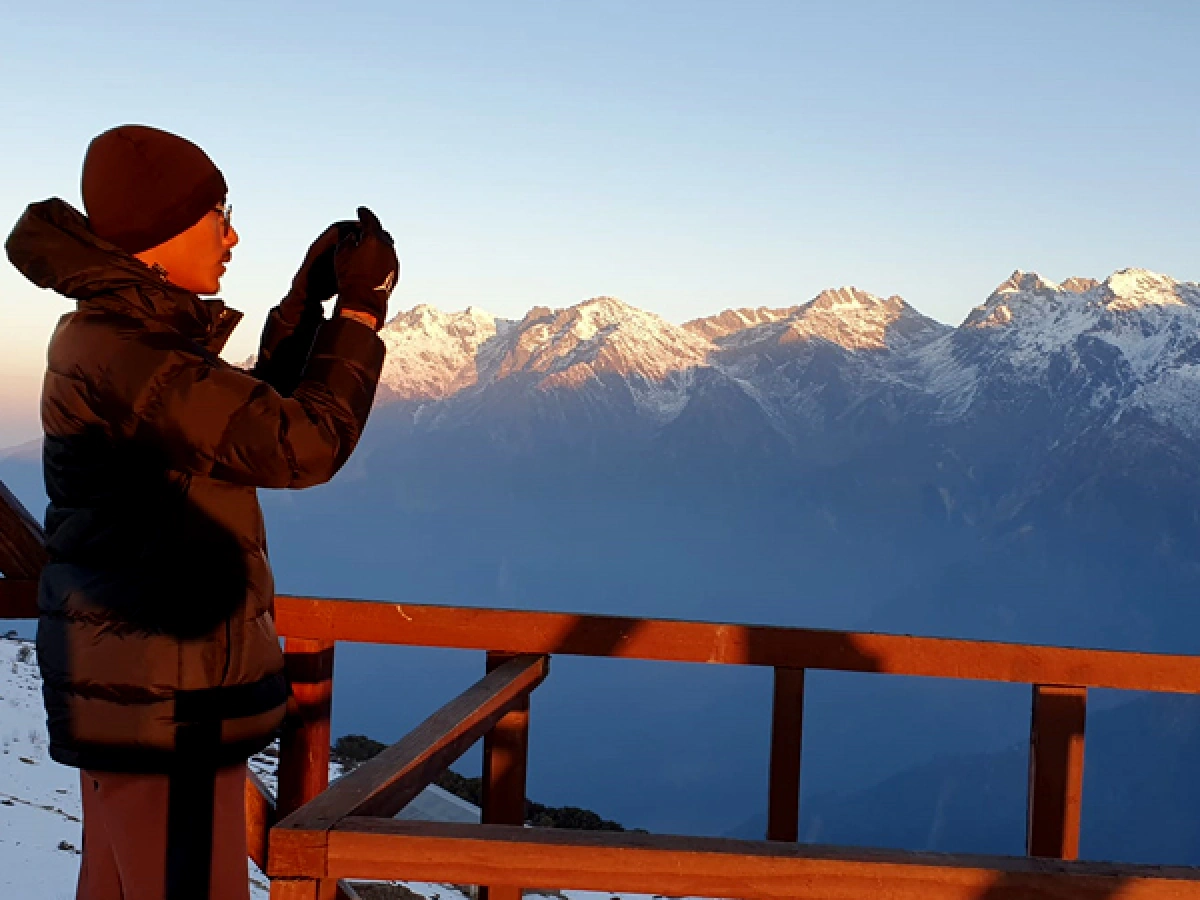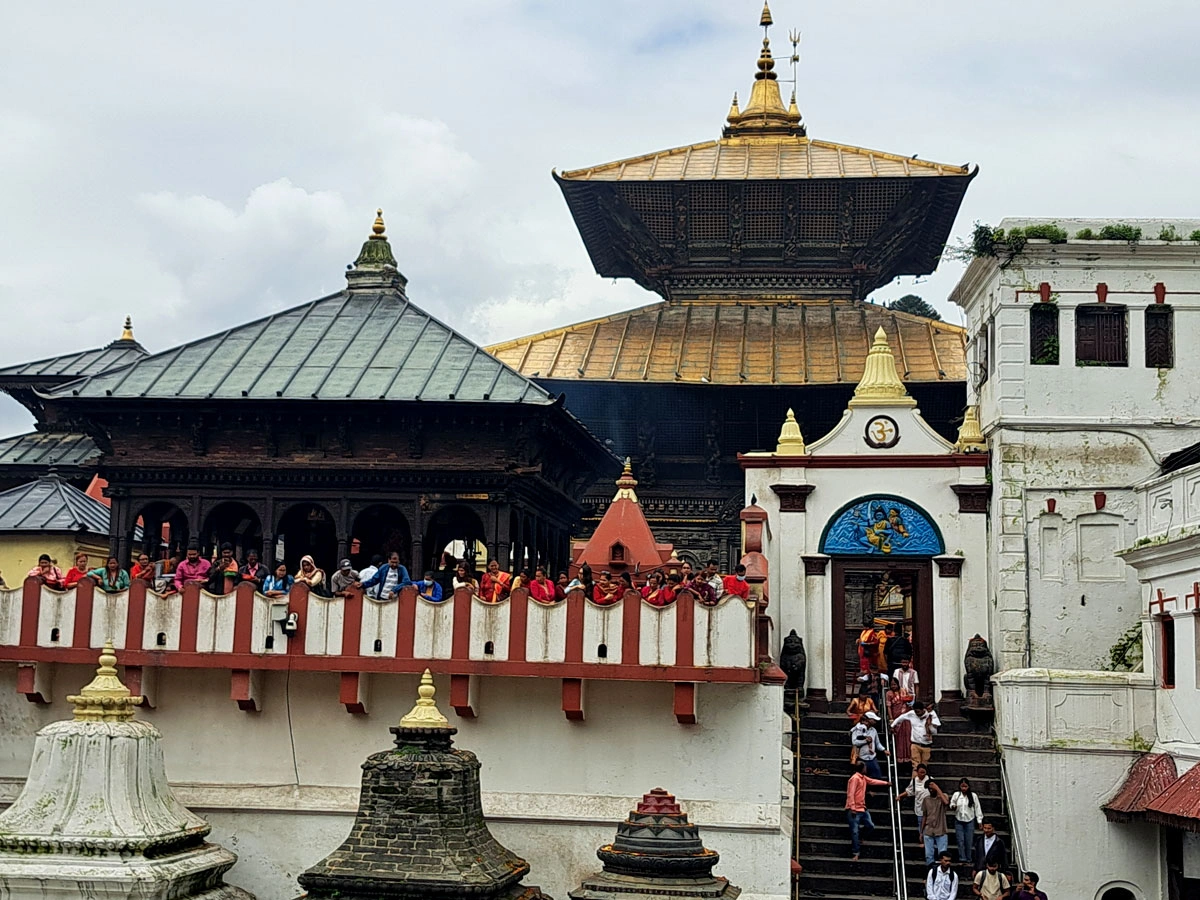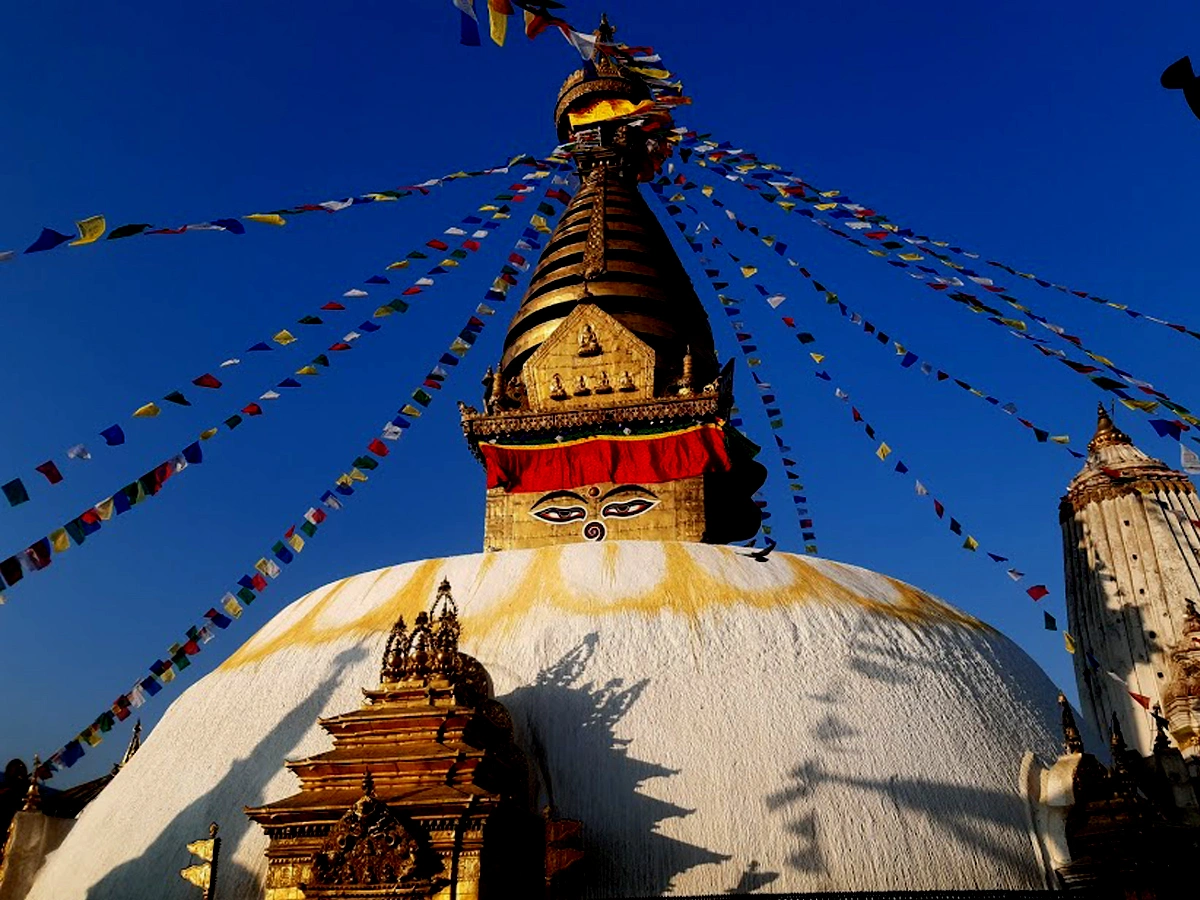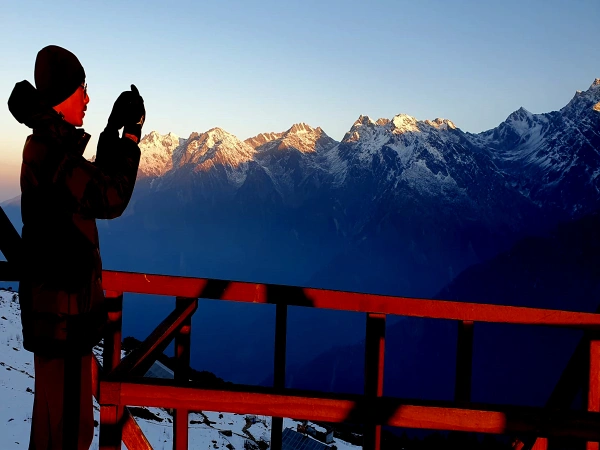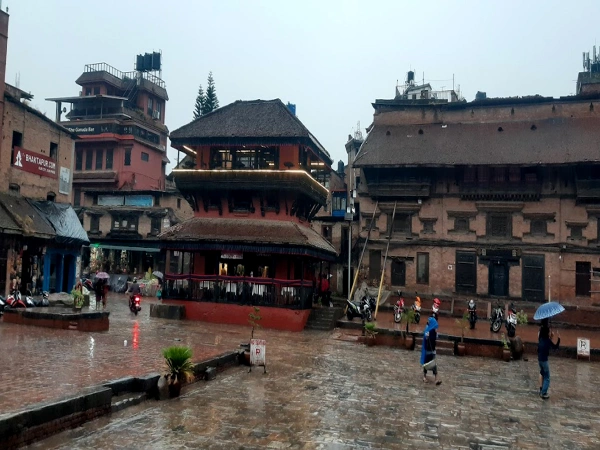After breakfast morning tour starts visiting the holy and ancient Pashupatinath Temple, a pagoda-style Hindu temple with gilt roofing and richly carved silver doors dedicated to Lord Shiva, situated at the bank of the holy Bagmati River.
One of the most sacred temples in the entire Hindu world, Pashupatinath Temple is the nerve center of pilgrimage on the day of Shiva-Ratri (Shiva’s birth anniversary). The small religious town houses the great temple is known as Debpatan, and is situated 5 kilometers east of the capital city. Only Hindus are permitted to enter the main courtyard of the temple. Non-Hindu tourists can view the temple from the eastern side of the Bagmati River.
After a great moment, a short drive leads to Bouddhanath, also known as ‘Little Tibet’, where Tibetan origin are seen. Bouddhanath's huge dome-shaped Stupa stands as the largest Buddhist shrine of South Asia. The ancient colossal chortens were built in the 6th century A.D. by King Man Deb.
It rests on a series of three terraces, and from the bird's eye view, it takes the relevant shape of a lotus flower, which indeed remains a very holy object for all the devout Buddhists of the world. The chortens are surrounded by a circular market, which forms a part of Tibet town. In this case, also the four pairs of the Buddha's eyes give a vivid flash to the four cardinal directions, meaning to keep a diligent watch over the people and their commitments all day, all night. The chortens embrace the authentic philosophy of Mahayana, the faith of which is known as Lamaism in Sikkim, Ladakh, Bhutan, and Tibet.
Afternoon (after lunch) tour of Kathmandu Durbar (palace) Square and Swayambhunath, Kathmandu Durbar Square, where you will be overwhelmed amid countless monuments around Kathmandu Durbar Square.
The house of the Living Goddess (Kumari Ghar), the ferocious Kal Bhairab, the red monkey god, and hundreds of erotic carvings are a few examples of the sights at the Square! The buildings here are the greatest achievements of the Malla dynasty, and they resulted from the great rivalry between the three palaces of Kathmandu, Patan, and Bhaktapur.
The Square teems with colorful life, with Kastamandap, a rest house built with the wood of a single tree, and is the source from which the Kathmandu Valley got its name. Nearby are great drums that were beaten to announce royal decrees. All woodcarvings, statues, and architecture in this area are exceptionally fine, and Kathmandu Durbar Square is among the most important sights for travelers to see.
The complex also houses the Tribhuvan Museum that carries the mementos of different Shah Kings. Other places of interest with the square are Akash Bhairab Temple, Hanuman Dhoka, Temple of Kumari, and Kastha-Mandap.
After a glorious moment, a short drive leads west of Kathmandu suburb to visit ancient Swayambhunath, the oldest and a landmark of Nepal, also known as Monkey Temple to foreigners.
He is believed to be 25 centuries old and stands as one of the world's oldest Buddhist Chaitiyas. The Great Stupa of Syambhunath is the wonder that was Nepal, the glory that was Nepal. It is indeed listed as a World Heritage Site to prove that it serves as the nerve center of faithful worship for all the devout philosophy of Vajrayana in particular, and honors Lord Adi-Buddha.
It is dedicated to the self-originating flame God. The stupa, which forms the salient structure, is well composed of a solid hemisphere of terra-cotta bricks and soil supporting a cornice of copper and gilt. Painted on the four-sided base of the spiral are the all-seeing eyes of Lord Buddha, keeping an eternal watch on the Valley, distinguishing between vice and virtue.
It is some two miles west of Kathmandu City proper, across the holy Bishnumati River. Situated on the top of a hillock, it is about 500 feet above the level of the Valley. The whole hill is a mosaic of small Chaityas and pagoda temples possessing the great five Mahayana (Lamaism) and one Hinayana (Theravada).
On the hill located another important Buddhist shrine is located; it is called Manjushree. This Chinese Buddha is the God of Knowledge. Our Kathmandu Nagarkot Sunrise Tour with the rest of the sightseeing tours concludes with a short drive back to your hotel.
